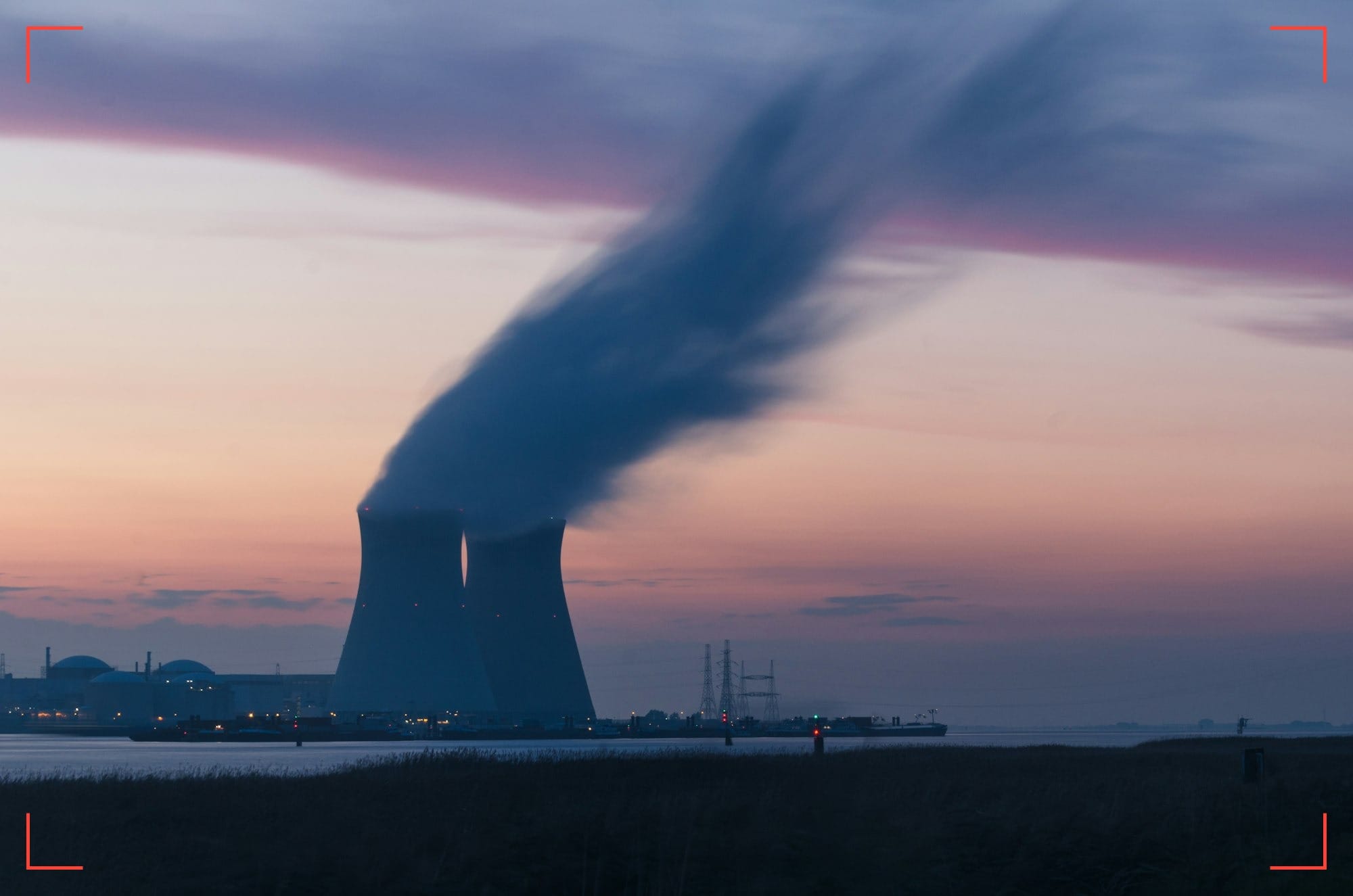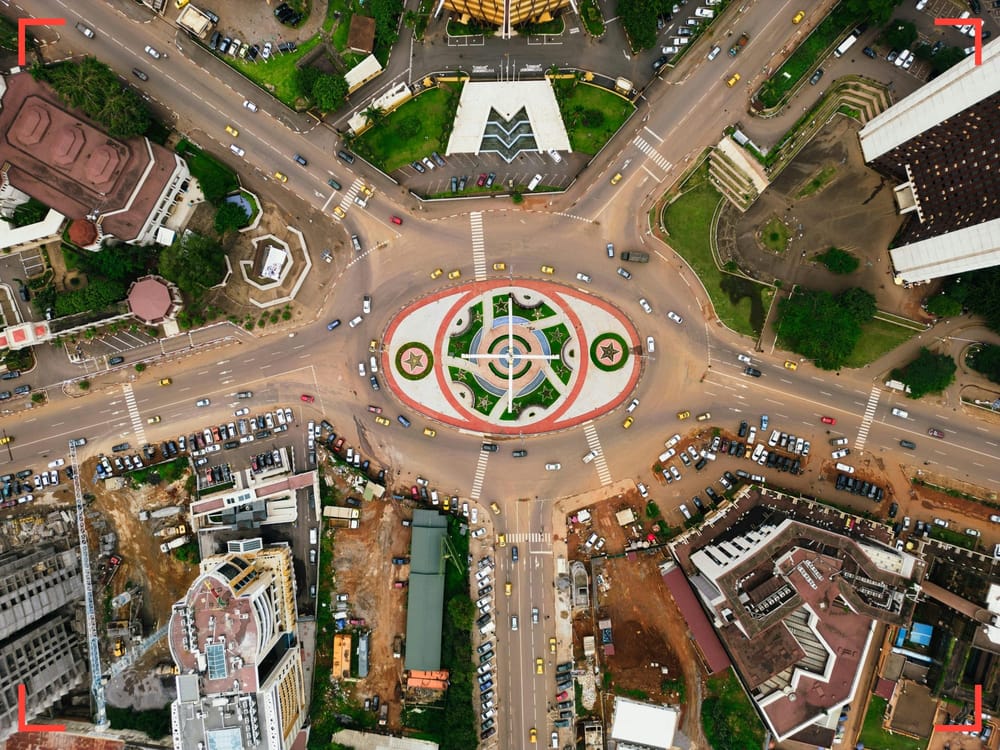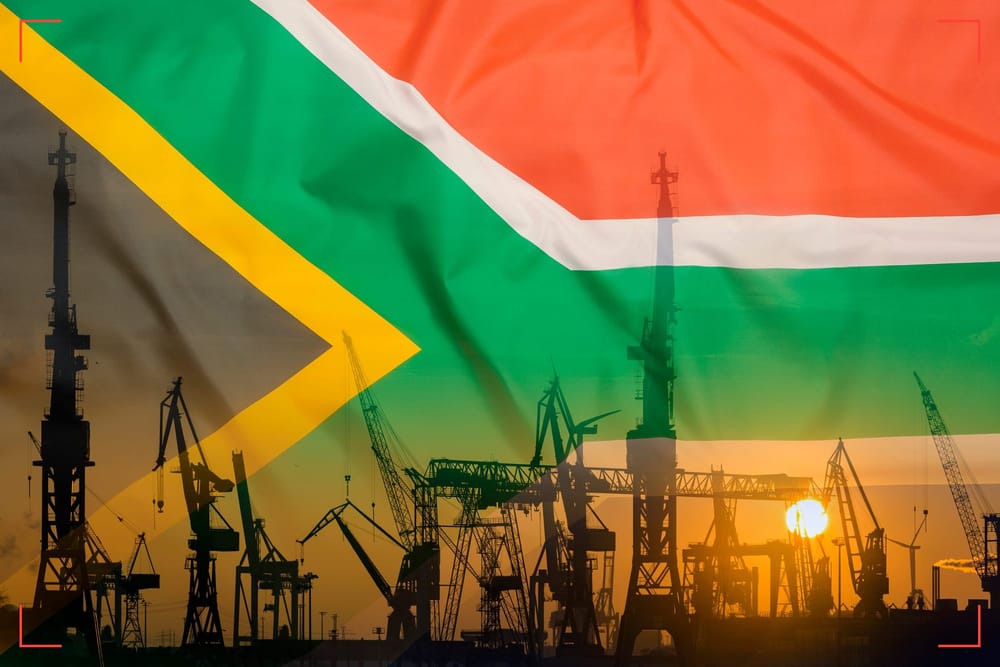
Report Details
Initial Publish Date
Last Updated: 18 JUN 2025
Report Focus Location: Taiwan
Authors: DP, MAM, ZR
Contributors: GSAT
GSAT Lead: MF
RileySENTINEL provides timely intelligence and in-depth analysis for complex environments. Our global team blends international reach with local expertise, offering unique insights to navigate challenging operations. For custom insights or urgent consultations, contact us here.
Key Findings
- Taiwan began to rely on nuclear power in 1970 through the adoption of a new nuclear policy. A plan to build up three nuclear power plants was settled, and by the mid-1980s, six reactors were already active: Jinshan, Kuosheng and Maanshan.
- A fourth nuclear reactor named Lungmen, located in the northeast of the country and planned during the early 1980s, never became operational due to disagreements between pro- and anti-nuclear groups.
- The opponents of nuclear energy quickly raised their voices, arguing that the country was unable to afford the impact of nuclear disasters and nuclear waste, pushing for the abolition of nuclear power plants and the use of renewable energies.
- The 1986 Chernobyl nuclear incident played a key role in shaping public opposition to the Lungmen nuclear reactor project. That same year, the Democratic Progressive Party (DPP) was founded, and one of its guiding principles was to oppose the construction of new nuclear power plants.
- After the Fukushima disaster in 2011, public opinion in Taiwan shifted significantly against nuclear energy. The incident intensified fears about potential hazards, particularly due to the country’s seismic activity and monsoon-related risks."
- In 2016, the country entered a nuclear phase-out policy, when the Democratic Progressive Party was elected. The goal was to shut down the six nuclear reactors by 2025. This policy was passed into law when the DPP took office.
- The country experienced multiple power outages since the nuclear-free policy: in 2017, a massive blackout hit almost 7 million households, while in 2021 517 incidents were recorded, and in 2022 313 incidents occurred. These events raised concerns about the resilience of the Taiwanese energy system.
- In a referendum carried out in 2021, the majority voted against the possibility of restarting the construction of two reactors.
- The shutdown of the six nuclear reactors started in 2018, and the last one was in May 2025. As of today, there aren’t any nuclear reactors operating in Taiwan.
Summary
Today’s discussion in Taiwan about the denuclearization policy is a matter of national security. The economic growth, the well-being of the country’s population, and the strategic pivotal technology sector, including the economic superpower TSMC, all depend on a stable power supply. In this context, it is important to note that Taiwan relies on imports for almost 98% of its energy needs. Today’s country energy profile shows that Taiwan imports around 42% of LNG, 39% of coal, and 12% of renewable energy. Historically, nuclear power has provided a significant part of the island's energy supply for 40 years.
For example, in 2016, the energy produced by nuclear power was approximately 12%. These figures underscore the high vulnerability of the country to international market volatility and global security. Moreover, this vulnerability is compounded by countless power outages during 2017, 2021 and 2022. As a result, serious concerns have emerged, with the Democratic Progressive Party’s energy policy under scrutiny due to its potentially negative ripple effects. Now that the last reactor—Maanshan No. 2—was shut down on May 17, 2025, and the transition from fossil fuels to a more sustainable, renewable-based energy system remains incomplete, the country faces a critical energy policy dilemma: is the decision to terminate domestic nuclear energy production truly the right path forward?
Remaining content is for members only.
Please become a free member to unlock this article and more content.
Subscribe Now







